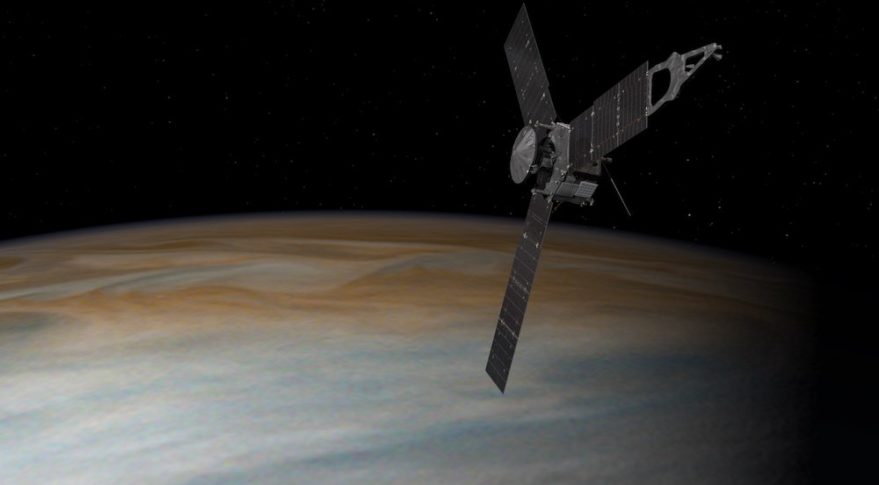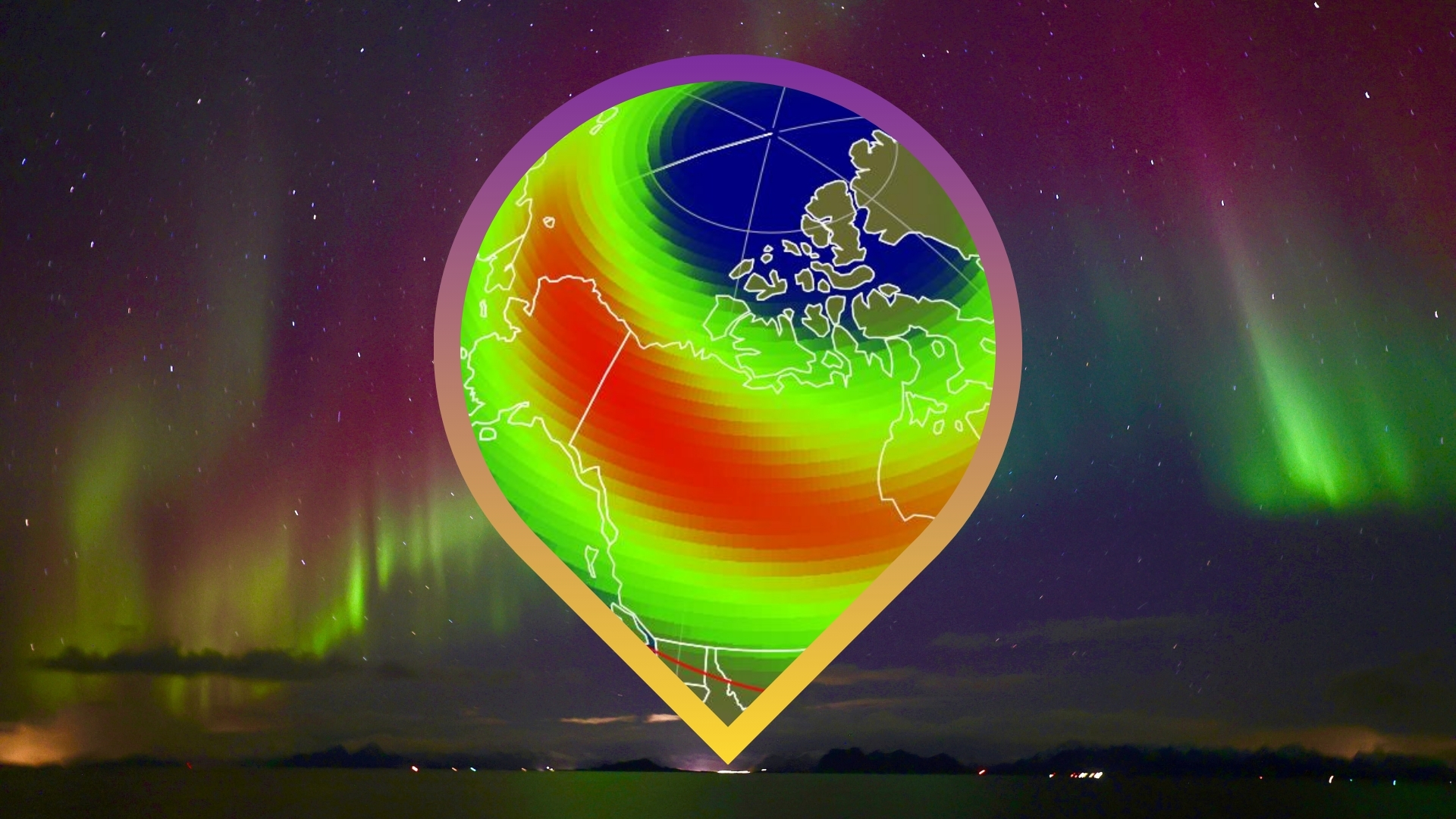NASA Planning February Decision on Juno Maneuver

WASHINGTON — As NASA's Juno spacecraft prepares for another close approach to Jupiter, the agency expects to make a decision in February about when, or if, to perform a delayed maneuver to adjust its orbit.
Juno, which entered orbit around Jupiter July 4, was to perform what the mission called a "period reduction maneuver" on Oct. 19, firing its main engine to shorten the period of its orbit from 53 to 14 days. NASA postponed that maneuver several days before it was scheduled because of a problem with helium valves in the spacecraft's propulsion system. Agency officials later said they were investigating any commonality between Juno's engine and the orbit-raising engine on a commercial communications satellite that failed after launch last September.
That maneuver, designed to be performed when the spacecraft is closest to Jupiter in its elliptical orbit, was not performed during Juno's next close approach Dec. 11. A NASA statement Jan. 19 about plans for the next flyby, on Feb. 2, made no mention of any plans for the maneuver.
In a Jan. 20 statement to SpaceNews, David Schurr, deputy director of NASA's planetary science division, said a decision on whether or not to reschedule the maneuver will be made next month.
"The health of the propulsion system remains under evaluation, and NASA expects to make a decision in February as to whether or not we will schedule an additional [period reduction maneuver] burn," he said.
Project officials have emphasized in the past that Juno will achieve its science goals if it remains in its current orbit, since the spacecraft collects data primarily during the close approaches to the planet. The longer period, though, means it will take longer for the spacecraft to collect that data.
"Of course we are all impatient, we would like the data sooner, so that is one argument to shorten the orbit," Juno's principal investigator, Scott Bolton of the Southwest Research Institute, said in December at the Fall Meeting of the American Geophysical Union in San Francisco. "But we are safe, we are working."
Breaking space news, the latest updates on rocket launches, skywatching events and more!
Juno will collect data on its upcoming flyby, including images from JunoCam, a camera on the spacecraft used in part for public outreach. NASA announced Jan. 19 that the public will be allowed to vote, via the mission's website, on what images the spacecraft should take during the next flyby.
This story was provided by SpaceNews, dedicated to covering all aspects of the space industry.

Jeff Foust is a Senior Staff Writer at SpaceNews, a space industry news magazine and website, where he writes about space policy, commercial spaceflight and other aerospace industry topics. Jeff has a Ph.D. in planetary sciences from the Massachusetts Institute of Technology and earned a bachelor's degree in geophysics and planetary science from the California Institute of Technology. You can see Jeff's latest projects by following him on Twitter.

